Eco-Friendly Interior Design Ideas
Embracing eco-friendly interior design is more than a trend—it’s a thoughtful approach to creating beautiful, functional spaces that also support the health of our planet and those who inhabit it. By integrating sustainable materials, energy-saving practices, and conscious sourcing, eco-friendly design ensures that your home reflects your values without sacrificing style or comfort. Explore a range of innovative ideas and practical strategies that make it easy to infuse every corner of your living space with environmental mindfulness.
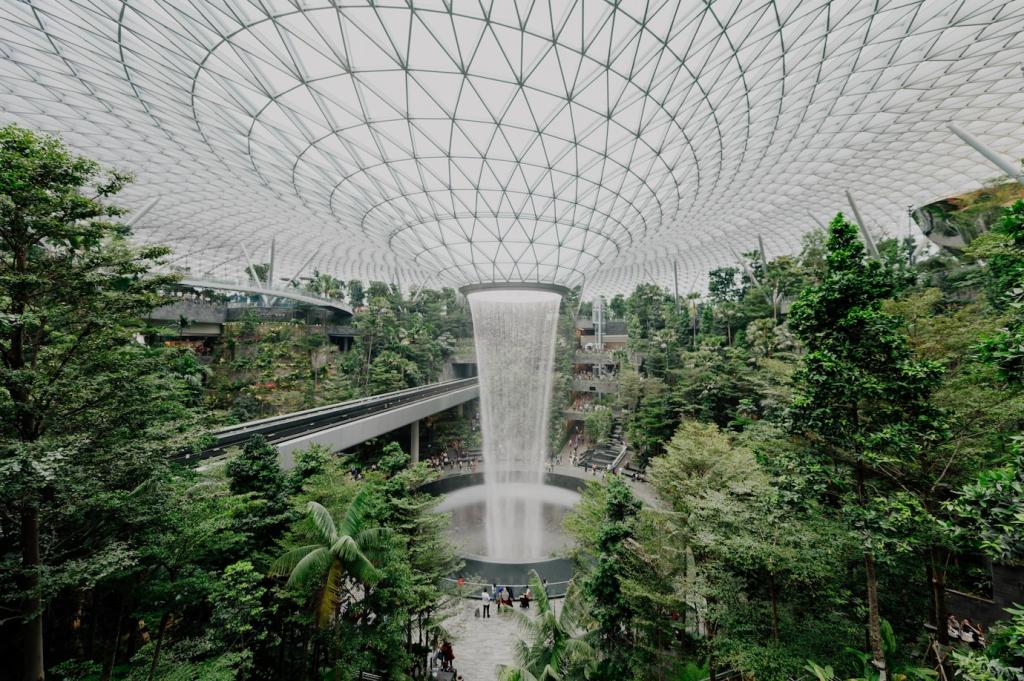
Sustainable Material Selection
Bamboo and cork are two renewable resources that make excellent flooring options for sustainable homes. Bamboo grows rapidly, often maturing in under five years, making it a more environmentally responsible alternative to traditional hardwoods. Cork is harvested from the bark of cork oak trees without harming the tree, allowing it to regenerate. Both materials are durable, comfortable, and naturally resistant to mold and mildew. Their unique textures and patterns can add an organic, modern touch to interiors, enhancing both style and ecological responsibility.
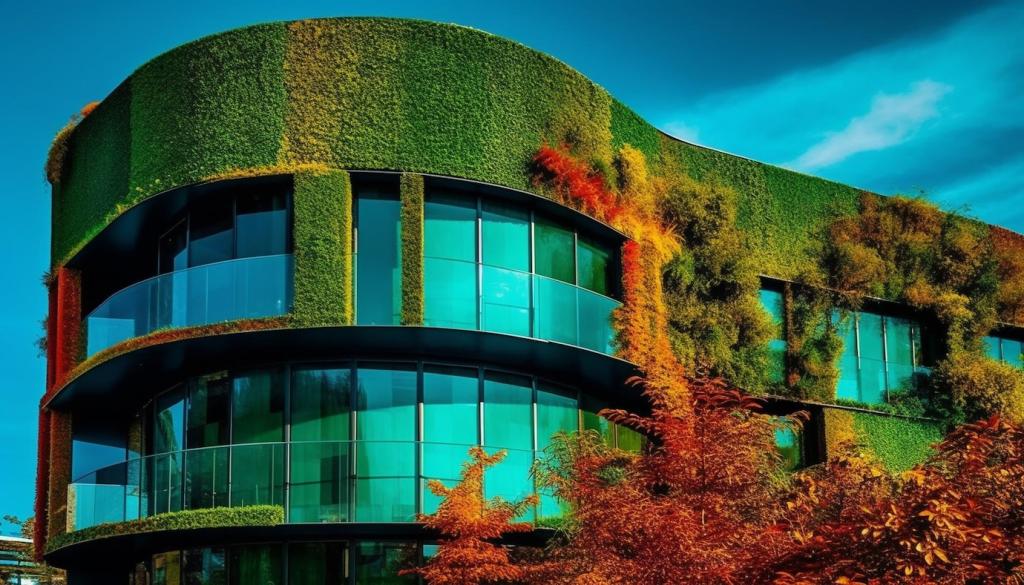
Energy-Efficient Lighting Solutions
LED and CFL Lighting Options
Switching from traditional incandescent light bulbs to LED (Light Emitting Diode) and CFL (Compact Fluorescent Lamp) options is one of the most effective ways to decrease energy consumption. LEDs and CFLs use only a fraction of the energy of standard bulbs and last much longer, reducing both your energy bill and the frequency of replacements. They are now available in a wide array of color temperatures and forms, making it easy to customize the atmosphere in every room while adhering to sustainable principles.
Maximizing Natural Light
Thoughtful use of windows, skylights, and reflective surfaces can amplify natural light, minimizing the need for artificial lighting during the day. Choosing sheer window treatments or installing mirrors strategically near sources of sunlight can brighten interiors naturally. Designing spaces to benefit from the movement of light through the day not only reduces energy use but also fosters a healthier environment, as exposure to natural light improves mood and sleep patterns.
Smart Lighting Controls
Incorporating smart lighting controls, such as dimmers, motion sensors, and timers, enables precise control over energy use. These systems ensure lights are only on when needed and at optimal levels, further decreasing electricity consumption. Smart bulbs and centralized control systems can be programmed to match daily routines, enhancing both convenience and efficiency. Adopting these technologies empowers homeowners to make significant reductions in their carbon footprint easily and elegantly.
Indoor Air Quality Enhancement
Traditional paints and finishes often emit volatile organic compounds (VOCs), which can harm indoor air quality and pose health risks over time. By opting for paints labeled as low-VOC or zero-VOC, homeowners create safer environments while enjoying vibrant, durable finishes. These products are available in a wide range of colors and finishes, making it possible to achieve any design aesthetic without compromising the health of your home’s occupants or surrounding environment.
Incorporating houseplants into your interior design offers a dual benefit: they beautify your space while naturally filtering toxins from the air. Species such as the spider plant, peace lily, and snake plant are renowned for their air-purifying properties. Strategically placing these plants throughout your home not only enhances the sense of tranquility and connection to nature but also actively removes harmful compounds, supporting respiratory health and overall well-being.
Ensuring adequate ventilation is essential for maintaining fresh, healthy indoor air. This includes the use of energy-efficient windows, vents, and, when possible, whole-house ventilation systems. Modern eco-friendly designs often integrate passive strategies, such as cross-ventilation and operable windows, to flush out indoor pollutants. Proper ventilation not only keeps air moving and fresh but also helps regulate temperature and humidity, resulting in greater comfort and sustainability.
Water Conservation Techniques
Modern low-flow fixtures, such as toilets, faucets, and showerheads, use advanced engineering to deliver full performance while using less water. These devices can drastically cut household water consumption, making a clear difference over time. When paired with energy-efficient appliances like dishwashers and washing machines that utilize reduced water cycles, the result is a highly efficient, eco-conscious home that doesn’t compromise convenience or style.
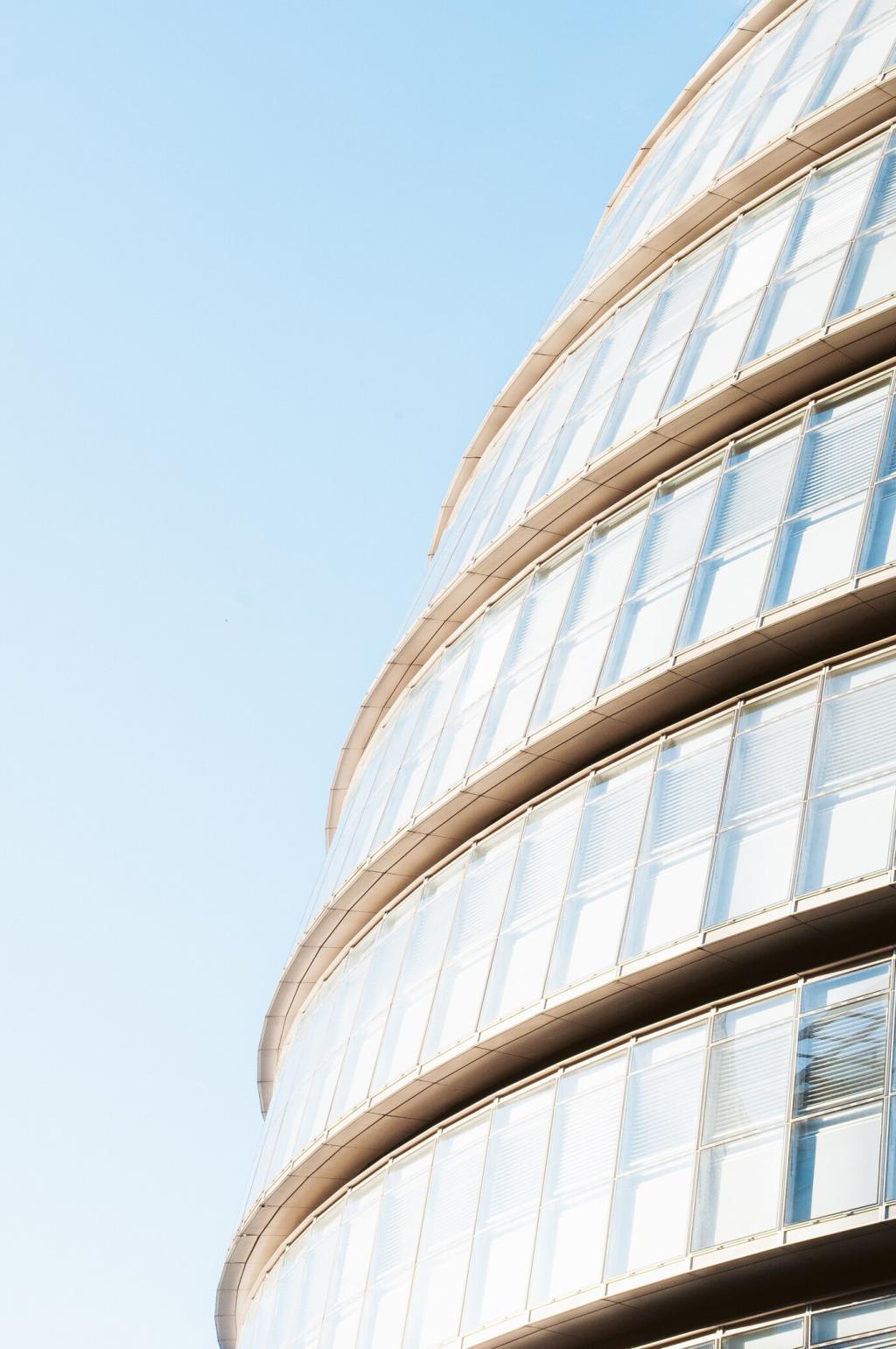
Mindful Furniture Choices
Sourcing vintage or upcycled furniture extends the life cycle of beautiful objects while minimizing the demand for new resources. Whether it’s a restored mid-century chair or a reimagined industrial table, these pieces add character and depth, telling their own stories within the home. Upcycling takes creativity one step further by transforming existing items into fresh, functional pieces. This approach decreases landfill waste and provides uniquely personal design elements.
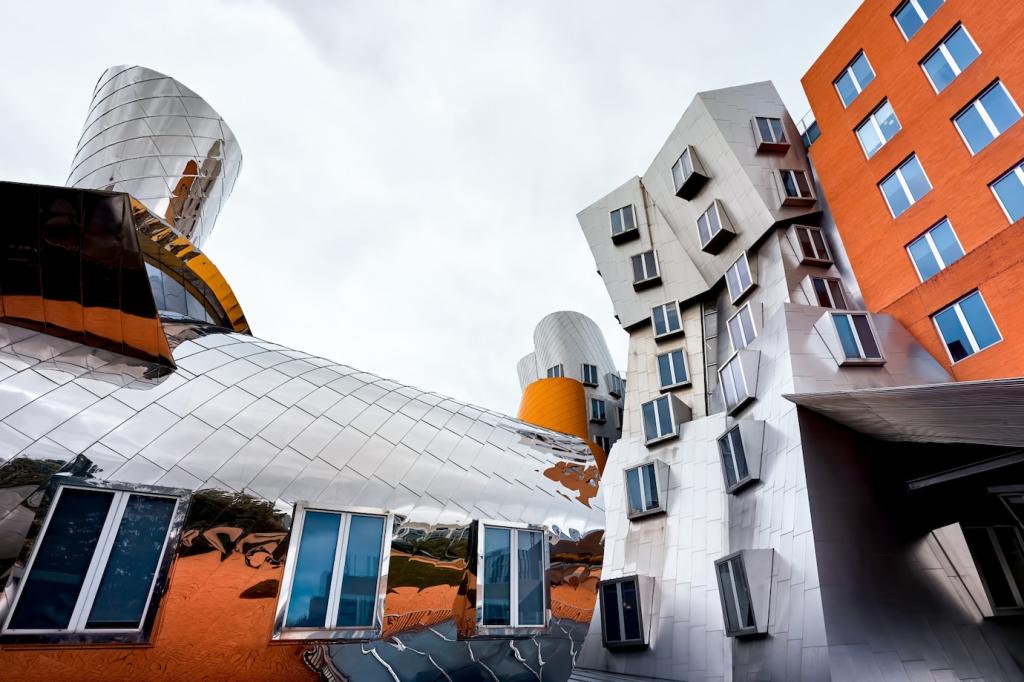
Waste Reduction in Design
Thoughtful Space Planning
Effective space planning can lead to less material waste by ensuring every element fits perfectly and serves a clear purpose. Creating adaptable, multifunctional spaces means fewer renovations or additions are needed as your lifestyle changes. Detailed planning before construction or updates reduces the likelihood of errors or excess, streamlining the design process for maximum efficiency and minimal waste.
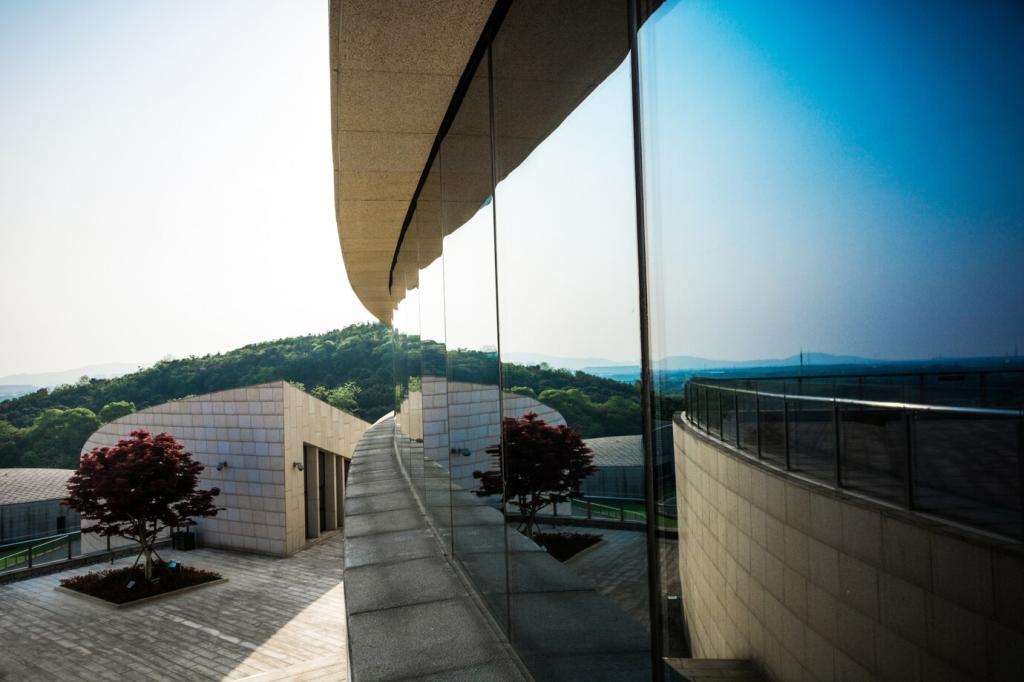
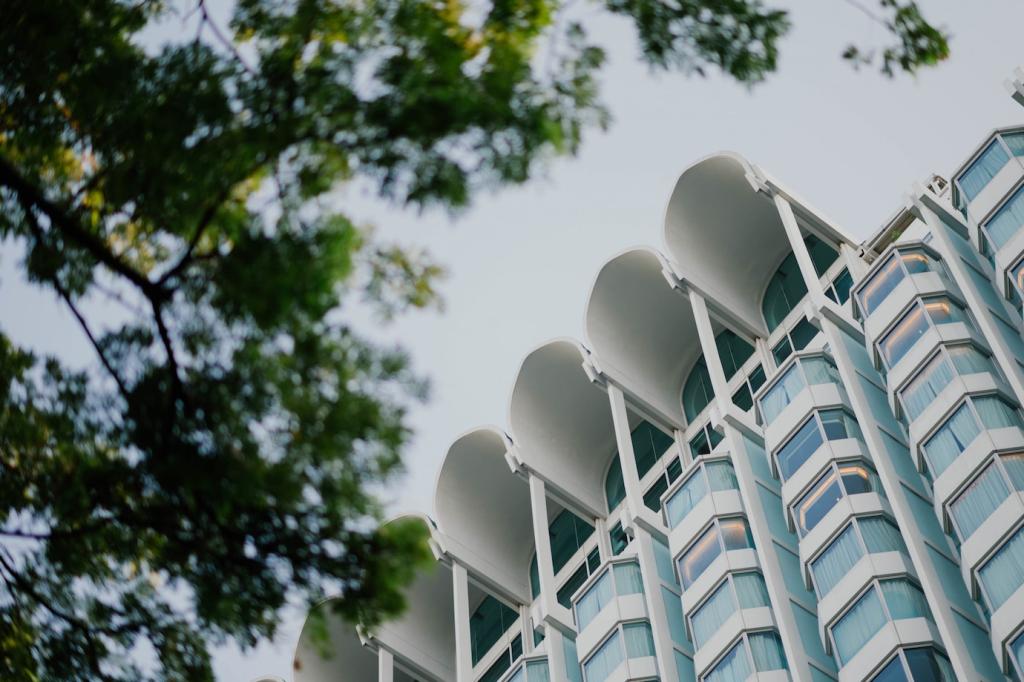
Modular and Flexible Designs
Modular and flexible interiors allow for change and growth without the need for complete overhauls. With furniture and fixtures designed to be rearranged, expanded, or replaced in sections, renovations become less wasteful and more cost-effective. These adaptive designs also support shifting household needs—making it easier to accommodate new family members, hobbies, or work requirements without generating unnecessary debris.
Natural and Non-Toxic Finishes
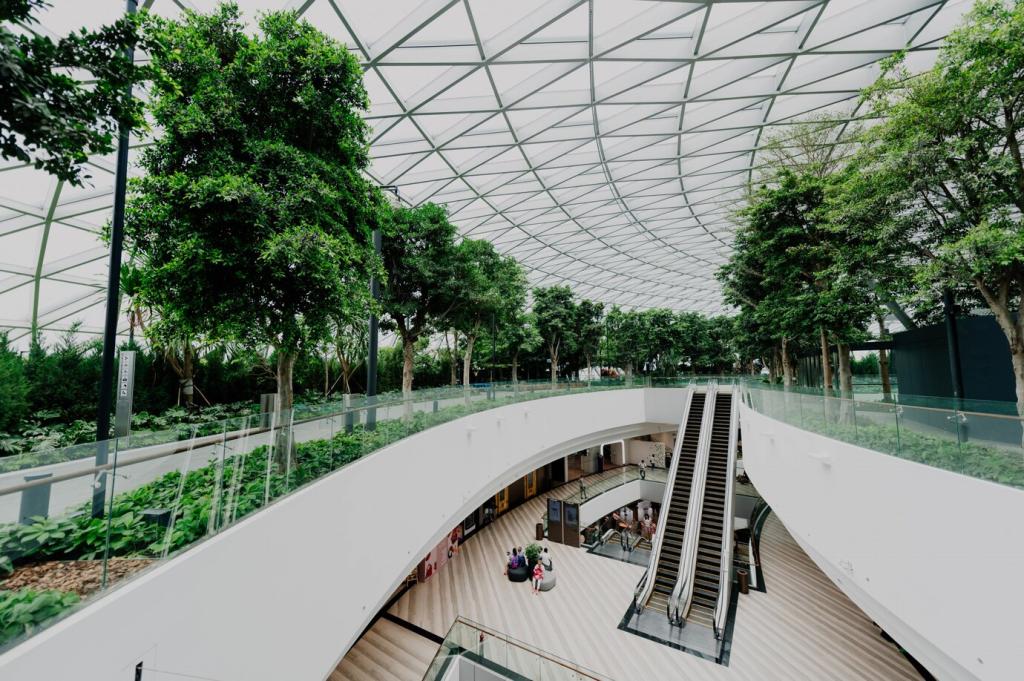
Clay and Lime Plaster Walls
Clay and lime plasters provide decorative wall finishes that are both beautiful and breathable. Unlike conventional synthetic products, these natural options regulate indoor humidity, absorb toxins, and resist mold. They offer a timeless look that can range from smooth, contemporary surfaces to rustic textures. As a bonus, clay and lime plaster walls are biodegradable at the end of their lifecycle, making them a far greener choice for eco-conscious homeowners.
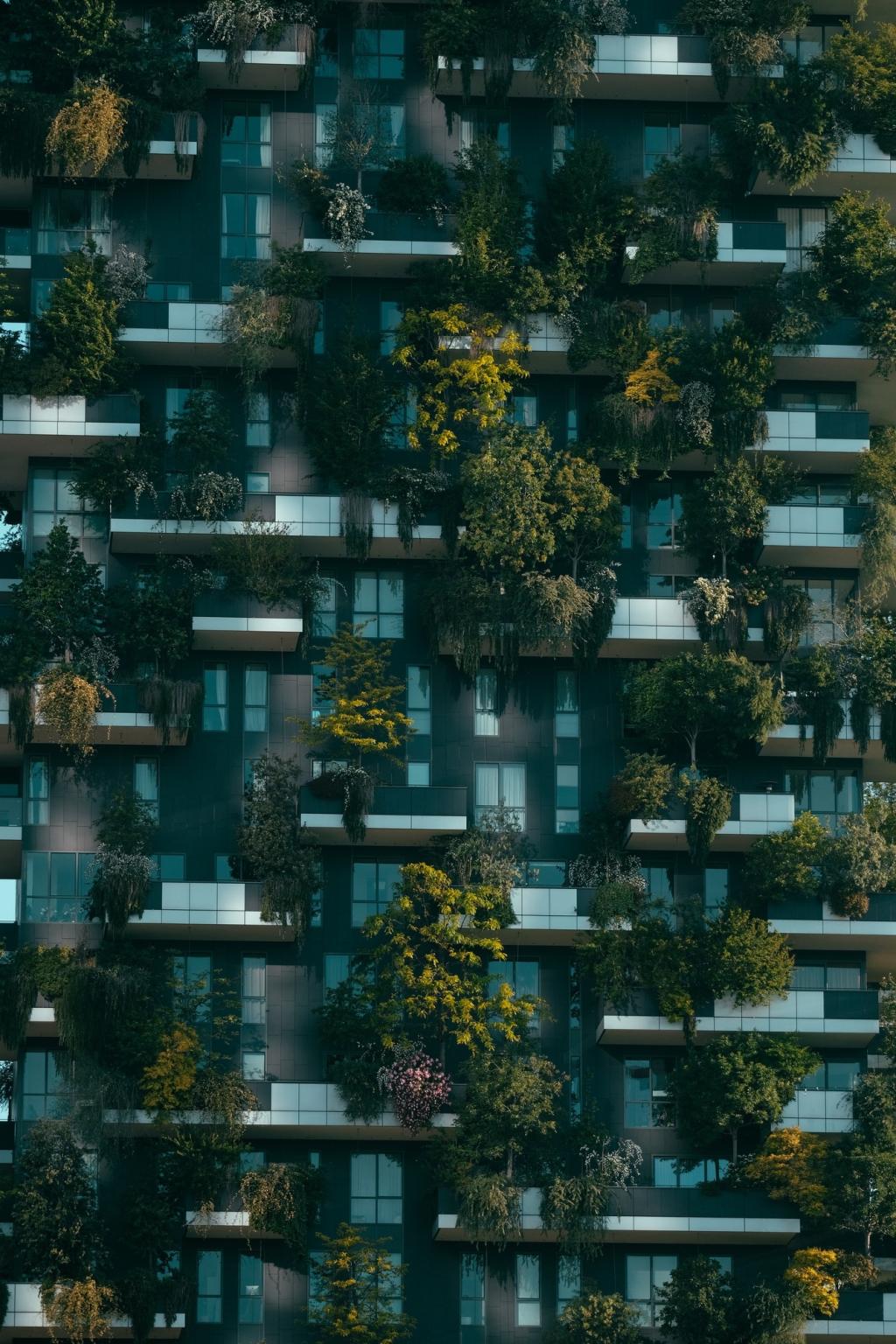
Natural Oil and Wax Wood Treatments
Rather than covering wood surfaces with synthetic varnishes or sealants, consider natural oils and waxes derived from plants. These finishes penetrate deep into the wood, enhancing its beauty and grain while providing protection against wear and moisture. Since they emit low or zero VOCs, natural oils and waxes create healthier indoor air quality and are easy to maintain. Their subtle, warm sheen is perfect for highlighting natural materials in flooring, cabinetry, and furniture.
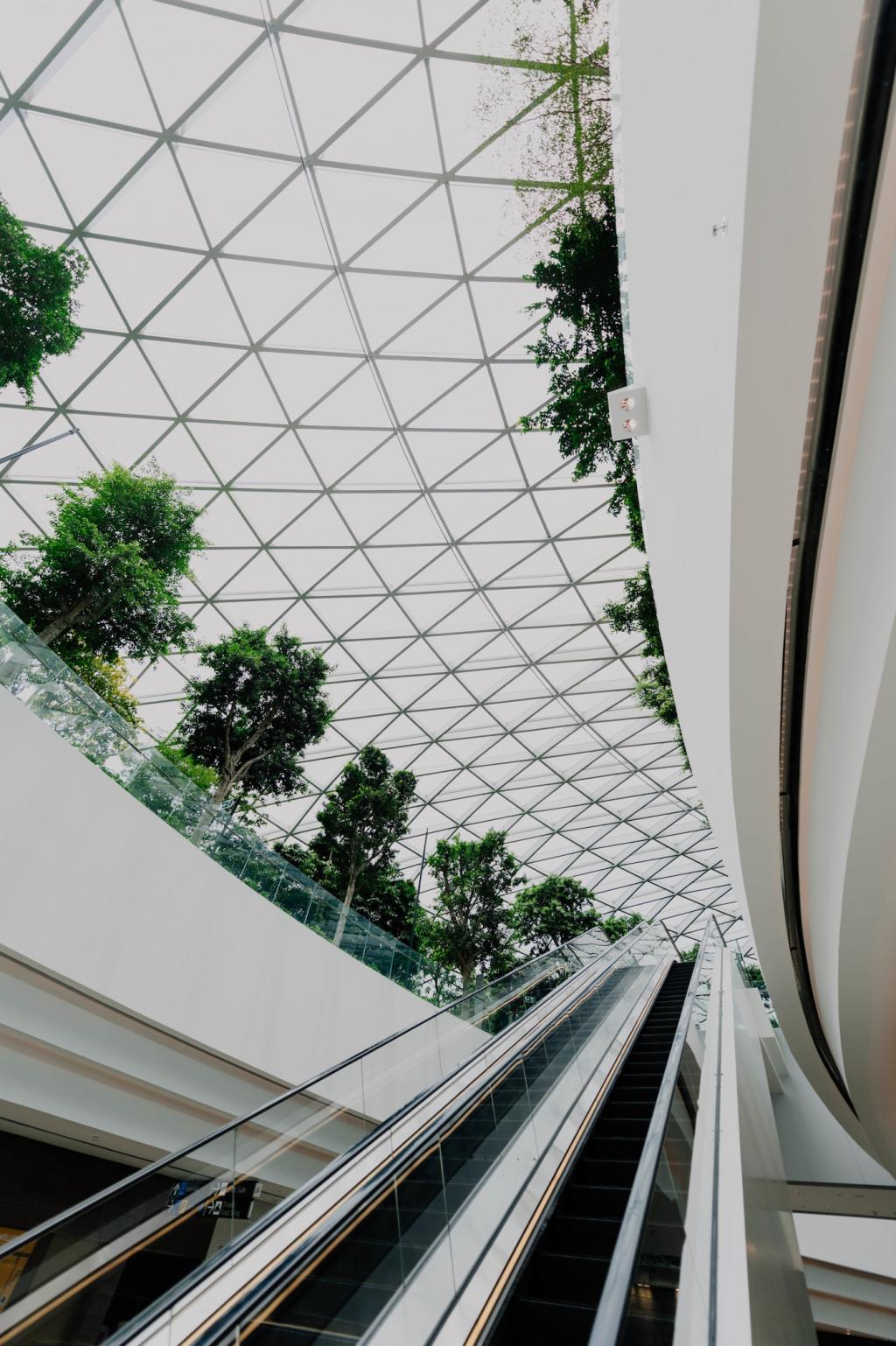
Non-Toxic Adhesives and Caulks
Traditional adhesives and caulks can introduce harmful chemicals into your home. Selecting products free from formaldehyde and other toxins ensures that renovations or new constructions do not compromise indoor air quality. Modern eco-friendly adhesives offer the same durability and performance as standard products, making them a responsible alternative. Prioritizing non-toxic options is especially important for families with young children, pets, or anyone with sensitivities.
Biophilic Design Elements
Living Green Walls
A living green wall, or vertical garden, brings lush plant life indoors, transforming ordinary walls into vibrant ecosystems. These installations can range from simple, modular planters to large, integrated systems with built-in irrigation. Beyond their visual appeal, living walls actively purify air, regulate humidity, and reduce indoor noise. Their dynamic presence serves as a striking focal point, inviting curiosity and relaxation while supporting biodiversity.
Water Features Indoors
Introducing water features, such as indoor waterfalls, fountains, or reflecting pools, adds soothing natural sounds and a calming ambiance. These elements create sensory interest and contribute to mental well-being by mimicking the tranquility of the outdoors. Properly designed water features can also aid in regulating indoor humidity, making them a practical as well as aesthetically pleasing addition to eco-friendly homes.
Natural Light and Outdoor Views
Designing interiors to maximize access to natural light and views of nature blurs the line between inside and outside environments. Large windows, glass doors, and open spatial planning allow occupants to enjoy changing seasons, weather, and wildlife from the comfort of their home. This connection to the outdoors enhances mood, productivity, and even recovery from stress or illness, making nature-centered design a foundational principle of eco-friendly living.
